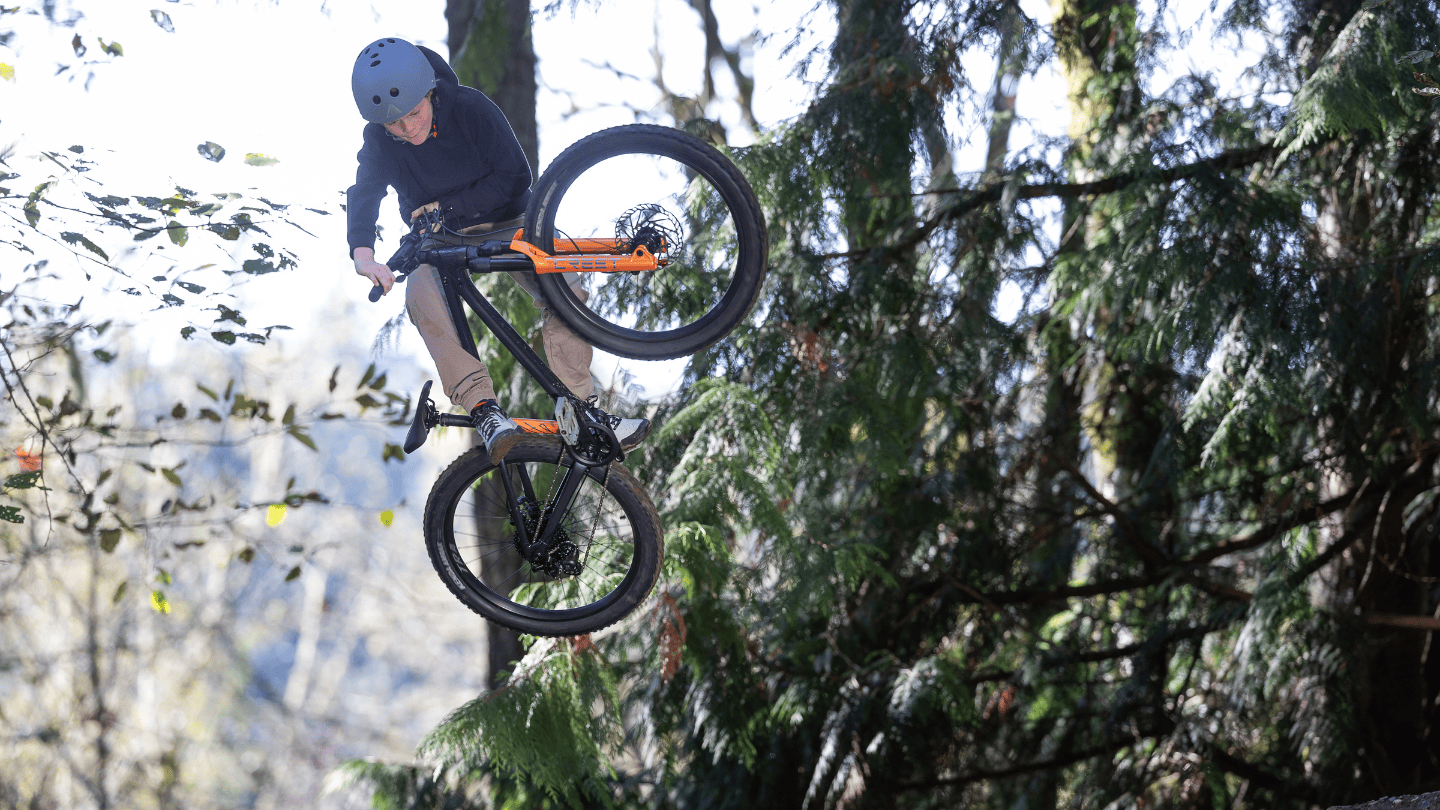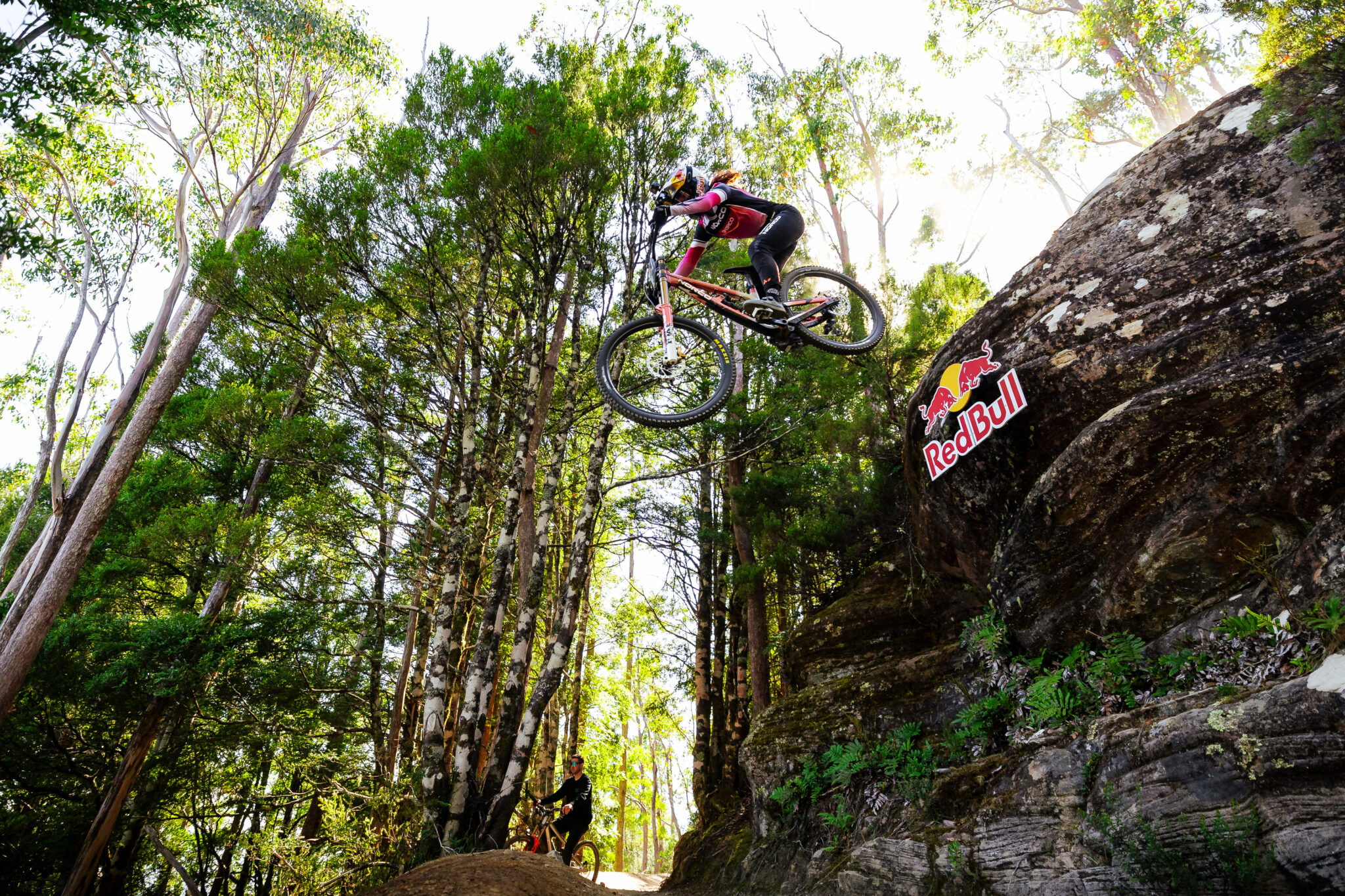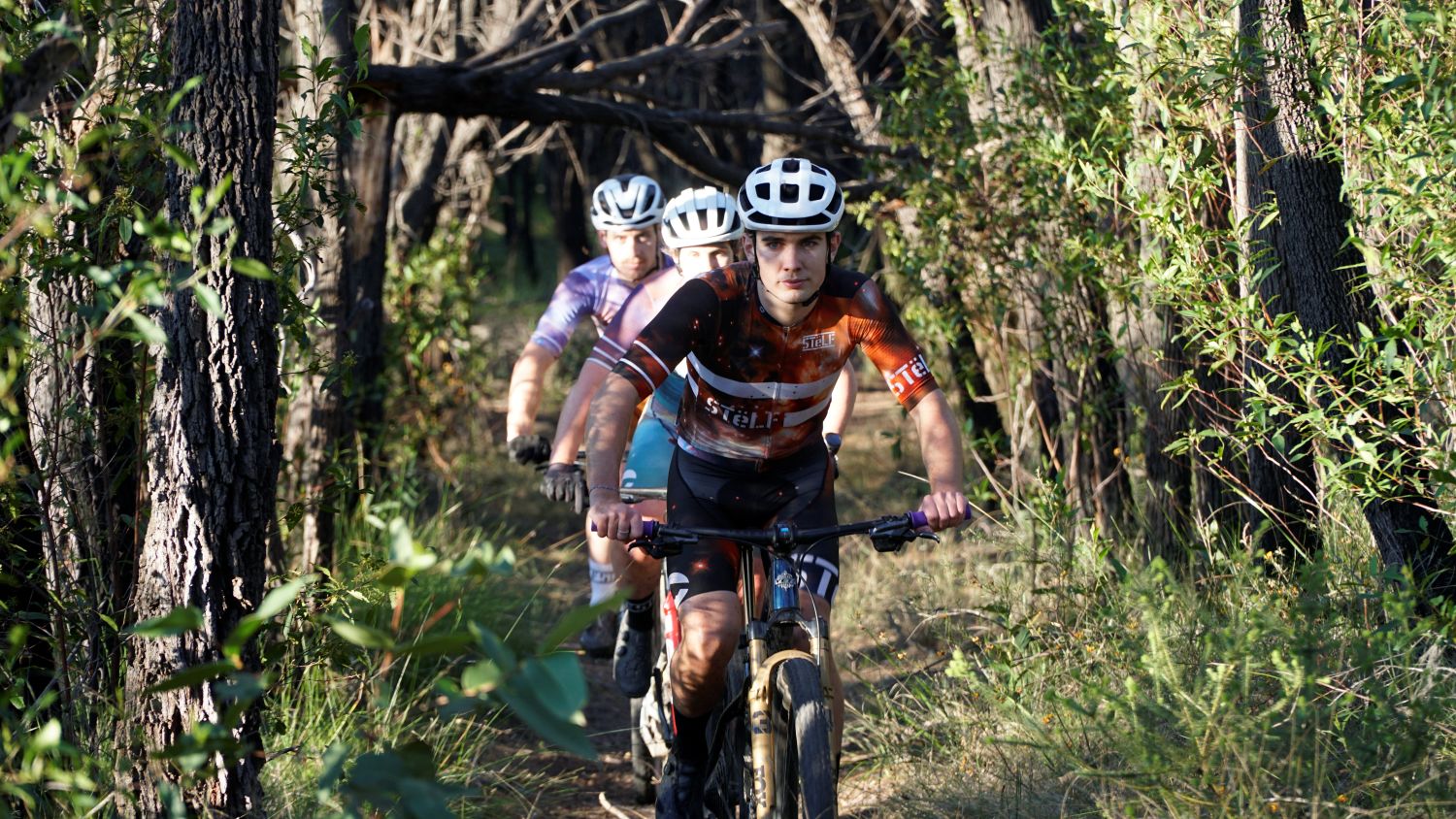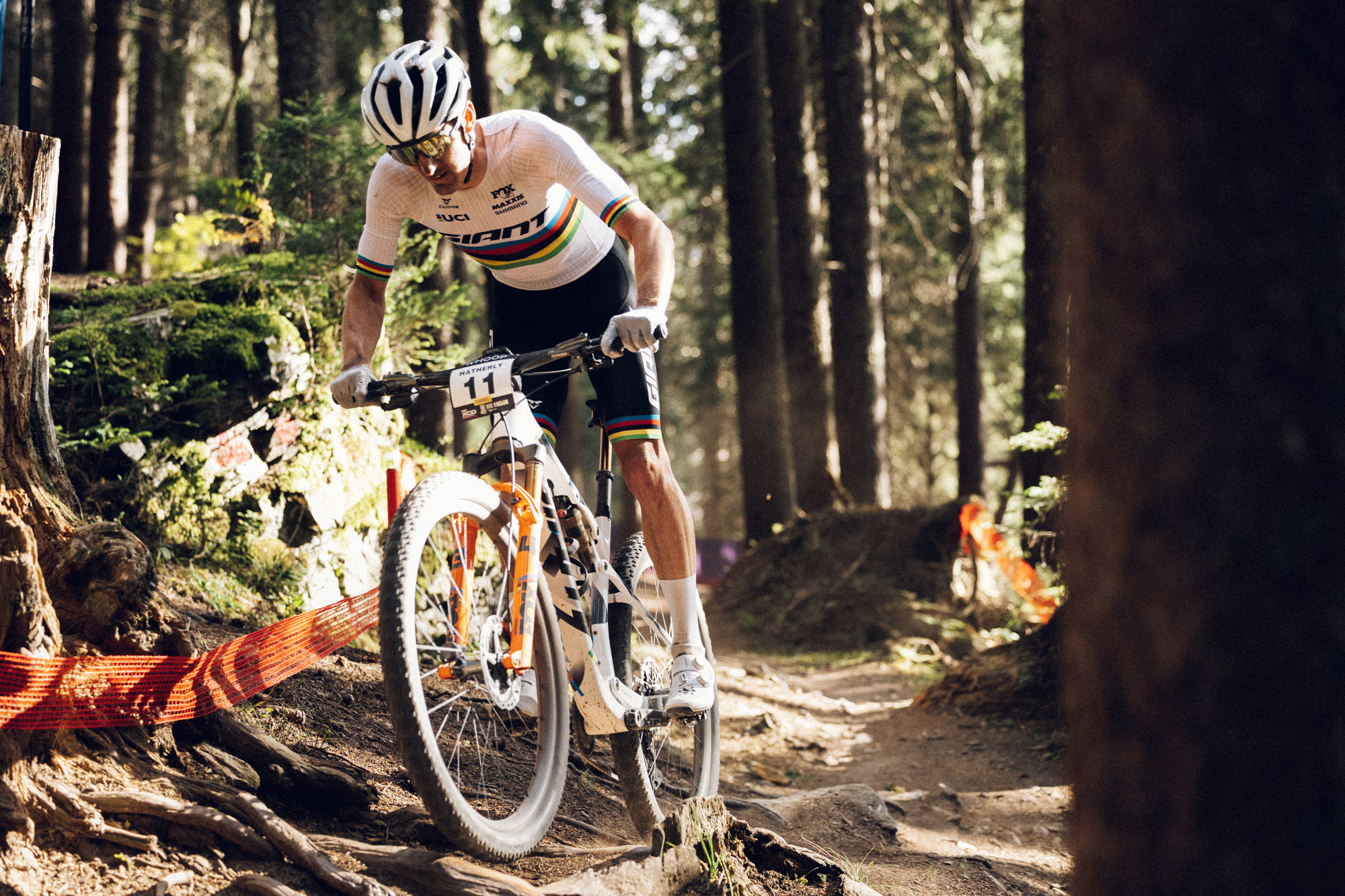GT Celebrate the Zaskar's 25th Anniversary
How do you celebrate 25 years? GT have redesigned the Zaskar, making it a trail friendly high performance hardtail.
In 2016, GT Bicycles will be celebrating a very significant milestone: the 25th anniversary of the Zaskar. As a company, there’s no denying the impact that GT have had on the bike industry since their original inception in 1972. Starting out in BMX, GT went on to pioneer many new technologies and radical designs that created some of the most defining bikes of the time. In addition to the Zaskar, bikes such as the LTS and Xizang developed their own cult following over the years, and are now sought-after collector’s items.
There are few bike brands out there who have established truly iconic bike designs, but through the 1990’s, GT seemed to be capable of doing it time and time again. While many of us lusted after those exotic high-tech machines, the reach of GT Bicycles over their rich 40+ year history has been far and wide. One of the company’s biggest strengths is in their ability to deliver modern technologies and suspension performance at the entry and mid-level pricepoints. Anyone who’s been into mountain biking over the past couple of decades has likely owned a GT at some point or another, whether it was an entry-level hardtail, or a wild carbon fibre dually, and there aren’t many other brands that have had that impact.
One of the most significant parts of GT’s mountain bike history is the development of the Zaskar hardtail. One of the only bikes in the world to win multiple World Cups and World Championships in Trials, Downhill, 4X and Cross Country categories, the Zaskar will forever be etched into mountain biking history as one of the most versatile and successful bikes of its time. Fast forward to 2016, and GT Bicycles are returning to the Zaskar’s glowing reputation as a do-it-all hardtail. This time round however, the Zaskar is a very different beast.
Given the 25th Birthday, GT have pulled out all the stops with the 2016 Zaskar to create a fast, agile and fun-handling hardtail. Whereas most companies build their carbon hardtails as pure-bred XC race whippets, GT wanted the new Zaskar to be more than that. So they took a look at the Zaskar’s past while assessing the current hardtail market, and came up with an entirely new frame and geometry set that puts the focus on fun. Part of the reason that GT went this direction has to do with the fact that they don’t have a World Cup XC team. As it stands, GT’s racing focus is largely centred around Downhill, Enduro and BMX, and their product line reflects this branding direction. If you need any evidence of where GT’s priorities lie, check out our review of the 110mm travel Helion dual suspension XC bike in the current issue. So without a specific need to create a superlight angry race hardtail, GT’s designers were free to honour the Zaskar’s lineage as a trail friendly hardtail. And this is what we’ve got.
The frame is constructed with an F.O.C Carbon Monocoque shell, which has been refined from previous carbon GT’s. It makes use of all the mod-cons, such as a tapered 1.5″ headtube, a 92m wide PF92 bottom bracket shell, and a 142x12mm rear thru axle, but you won’t find anything proprietary on this frame. GT have a strong connection with their global dealer network though, and they have a keen understanding of what shop mechanics like and don’t like working with. As such, the Zaskar employs fully external cable routing, with the rear brake and shift cable housing running underneath the downtube and being held in place via neat alloy bolt-on guides. There is one port for an internal cable, which some may be surprised to find out is for a Stealth dropper seatpost. A dropper on a hardtail? Yep, GT really do want the Zaskar to be versatile, and being able to lower the seatpost at the touch of a button makes for added confidence on rough terrain and on the descents.
For those playing at home, GT quote the Zaskar carbon frame weight at 1200 grams. Of course there are lighter frames on the market, but particular attention has been paid towards creating a strong frame with a focus on ride quality, versus all-out lightweight.
There was no doubt that the new Zaskar would make use of the distinctive Triple Triangle design, which is a hallmark of GT hardtails. It’s been employed to full effect on the new Zaskar however, turning the extended seatstay junction into a slender leaf spring that helps to boost vertical compliance in the back end. Compared to the outgoing Zaskar 29er, the new Zaskar 27.5 actually rides smoother despite the smaller wheels, and much of this ride quality can be attributed to the slender seat stays and Triple Triangle design.
In terms of the angles, the new Zaskar offers a balance between traditional XC geometry and long-travel trailbike geometry. There’s a 69.5-degree head angle that keeps steering crisp with the 27.5″ wheels, but it’s the bikes long front centre (distance from BB to front hub) that provides the bike with its descending stability. As an example, the Medium size runs a 61cm top tube length, which is considerably longer than the competition. This design ethos is in keeping with GT’s dual suspension bikes such as the Helion and the Sensor, which employ long top tubes and short stems to provide stability for high-speed shredding. The new Zaskar follows suit, with shorter stems across the board (70mm on the Medium frame) and generous 740mm wide handlebars. Other numbers that stand out include a 43.5cm chainstay length, and a 4.5cm bottom bracket drop that sees the crank spindle sit below the hub axles for a lower centre of gravity. Also of note is the provision of sizes from X-Small through to X-Large. GT will also be producing an alloy version of the new Zaskar, which will offer an additional XX-Small size.
I managed to take out one of the new Zaskar Carbon’s for a test ride during the launch at PressCamp in Park City, Utah, and although I only had a short amount of time with the bike, the new Zasker’s handling traits became apparent very quickly. As with the Helion, the Zaskar delivers crisp steering but with an added measure of confidence when the trail points downwards. It’s the beauty of using that long front centre, which means that GT don’t have to resort to using a super-slack head tube angle that can make the front wheel feel lazy on the trail. There’s little hesitation to power delivery, and the short back end makes light work of carving up switchback climbs. That said, the short stem and wide bars quicken up the steering a little too much for my liking, and I’d consider going a fraction longer in the stem and perhaps to a 720mm wide bar just to ‘chill’ the handling a little bit. Otherwise GT have certainly created a fun package in the new Zaskar, which delivers a more lively ride than the majority of 29er carbon race hardtails that currently fill this genre. Of course we’ll need more time on the Zaskar to further evaluate its performance on a wider variety of terrain, but initial impressions are very good.
GT Bicycles are distributed by Monza Imports in Australia, and we’ll be seeing the Zaskar Carbon Elite making its way to our shores later this year. Full pricing and availability will be updated as we get it.







